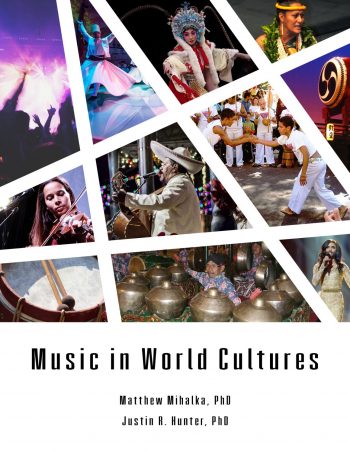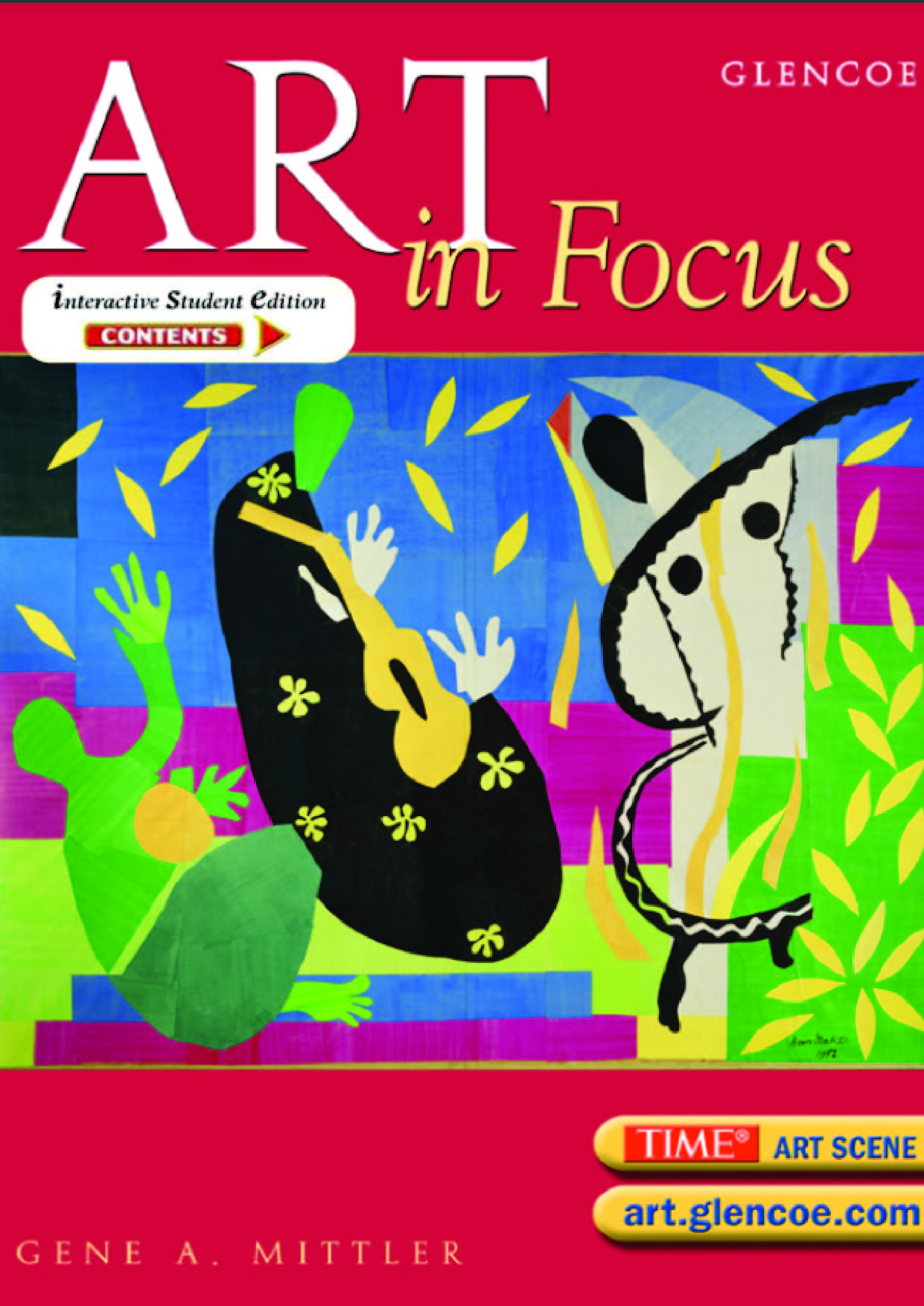The diversity of musical expressions throughout the world is vast. Music can be found in every corner of the globe in a variety of different contexts. This text provides just a small sampling of some of the various musical styles and traditions that might be found, though the skills developed in this course can be applied to any type of music. Not only does this text explore the music itself, but also the people and conditions that led to its genesis.
Fundamentals
This fundamental material established core vocabulary and concepts that will be used through the course. These six groups below will help students be able to understand how music works, breaking the music down in the sonic elements. Each group—Timbre, Dynamics, Pitch, Melody & Harmony, Time & Form, and Texture.
TIMBRE – the way a sound sounds to distinguish one sound from another.
The word timbre (pronounced: tam-ber) can be highly subjective. Timbre is the way something sounds, e.g., the singer sounds nasal. Synonyms for timbre often include “tone color,” “sound quality,” or “character of sound.” This concept is not meant to be a judgement statement, but a description that helps to identify similarities and differences between sounds and musics.
- VIBRATO – a pitch fluctuation added to a sustained note for a richer sound
- STRAIGHT TONE – lack of pitch fluctuation on a sustained note
- NASAL – closed off timbre that sounds like it is produced from the nasal cavity
- ROUND – open timbre with full resonance
DYNAMICS – relative loudness/softness of sound; volume
While this element seems easier than others, the real key is to pinpoint which sounds are louder, and softer, than others in music. This will help describe that sound more clearly. Many students with previous music experience will know standard musical terms, often from Italian, French, and German (e.g., crescendo, pianissimo, forte, etc.). While these words are useful, for the purposes of this class, it is easier to avoid such terms. Describing music as having an increase in volume from a quiet section to a louder section is just as effective.
PITCH – frequency of a sound; highness or lowness of a sound
For this text, “pitch” is used as both a specific term, as defined above, and a grouping of concepts that encompass many ideas related to that specific term. Two common synonyms for “pitch” include tone and note, all may be used throughout the text.
Music is made of many sounds. Pitches are distinguished from other sounds as they have measurable frequencies. Each pitch has a specific wavelength, known as a frequency and measured in hertz. This measurement is, of course, culturally derived and not universally recognized around the world or throughout history.
Many concepts are brought together in the grouped idea of “pitch.”
- Fundamental – the “base note” that the melody is based (synonym: tonic)
- Interval – the distance between two pitches
- Range – the distance between the highest pitch and lowest pitch in a melody
- Octave – a doubling of a frequency but the same pitch set
- Scale/Mode – culturally prescribed arrangements of intervals and pitches…











